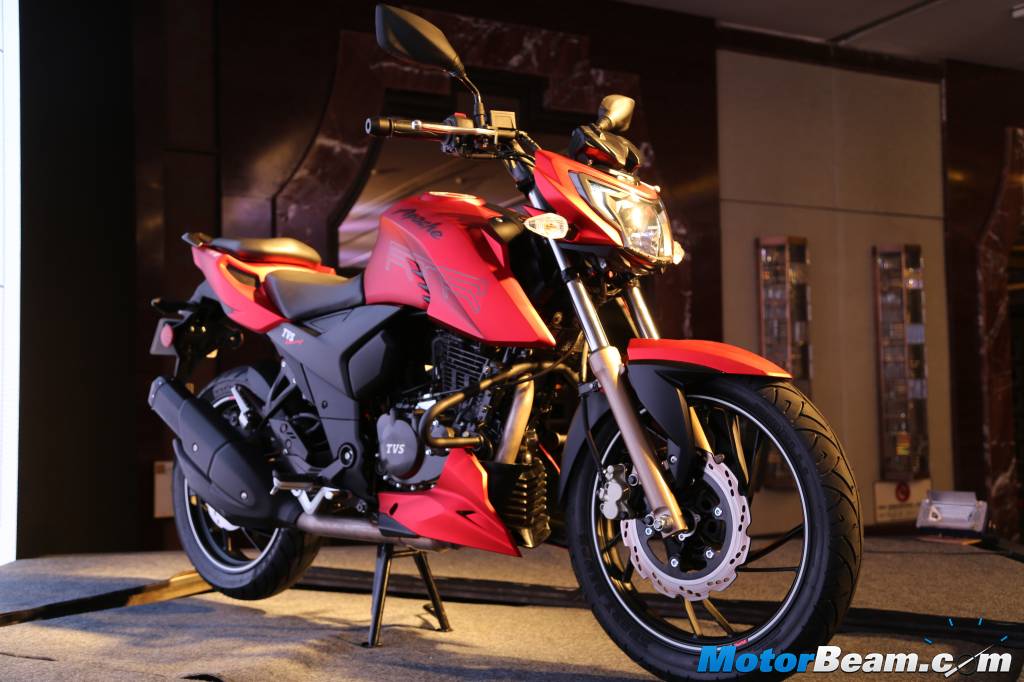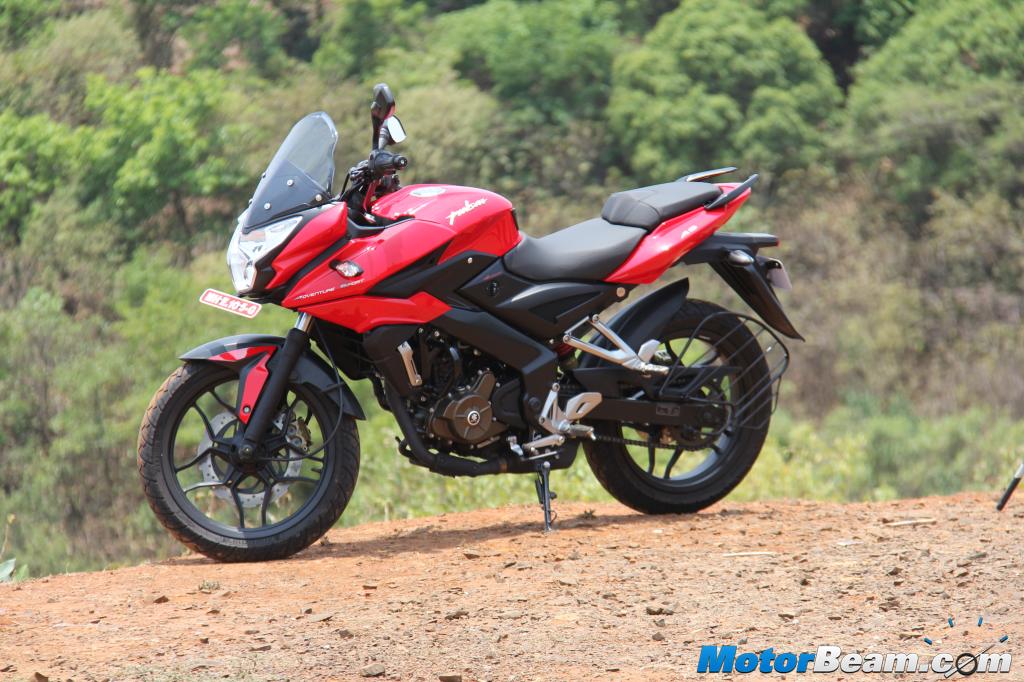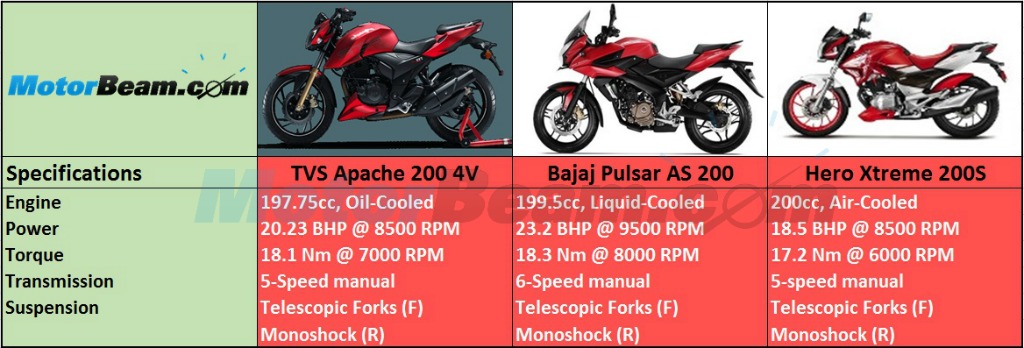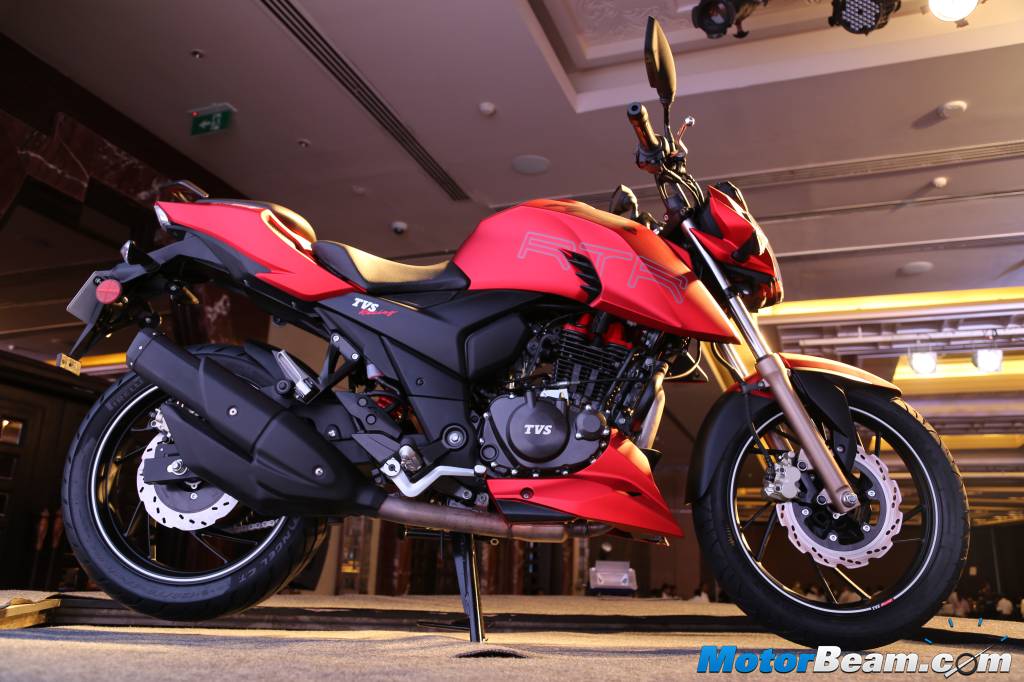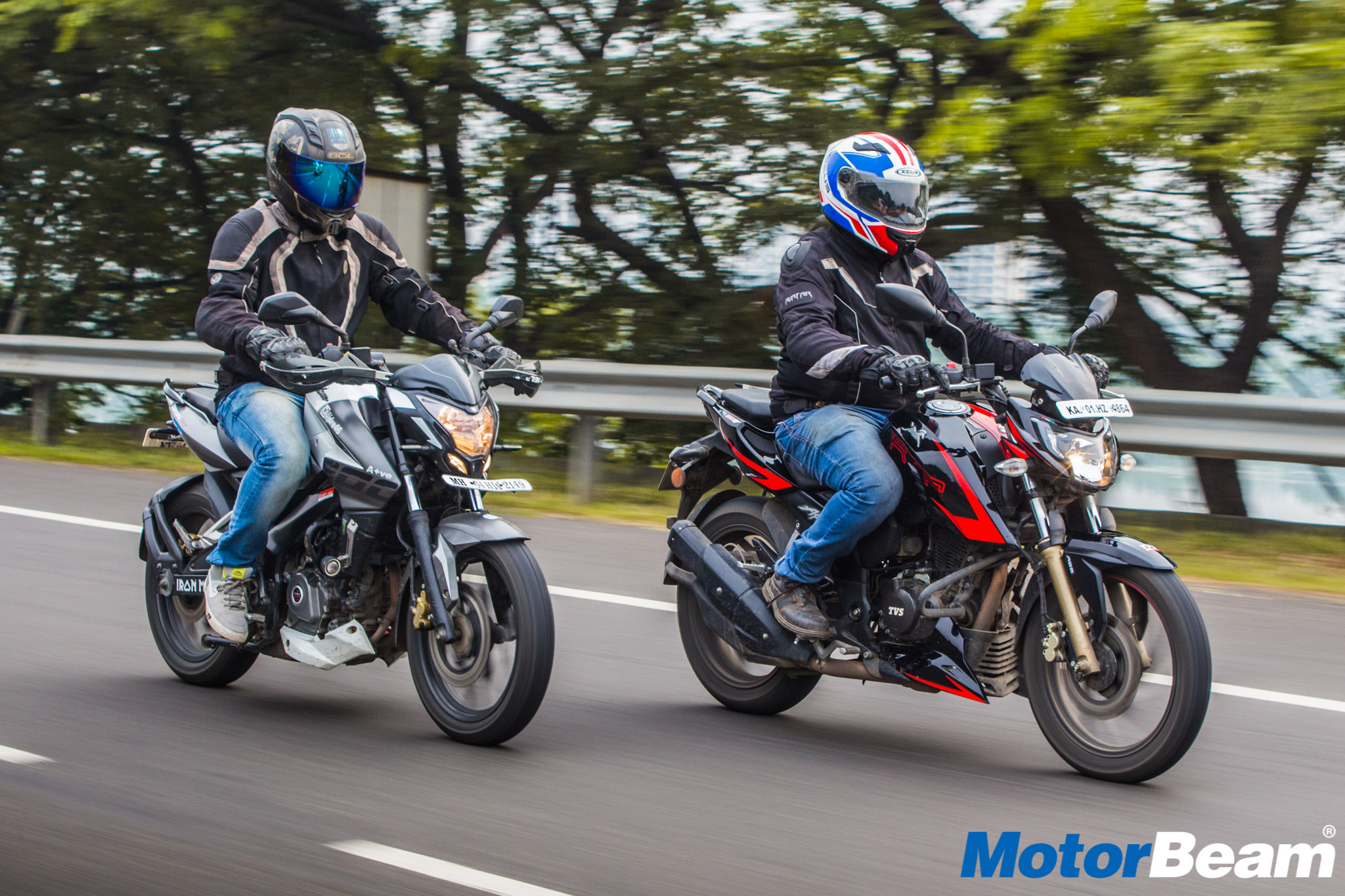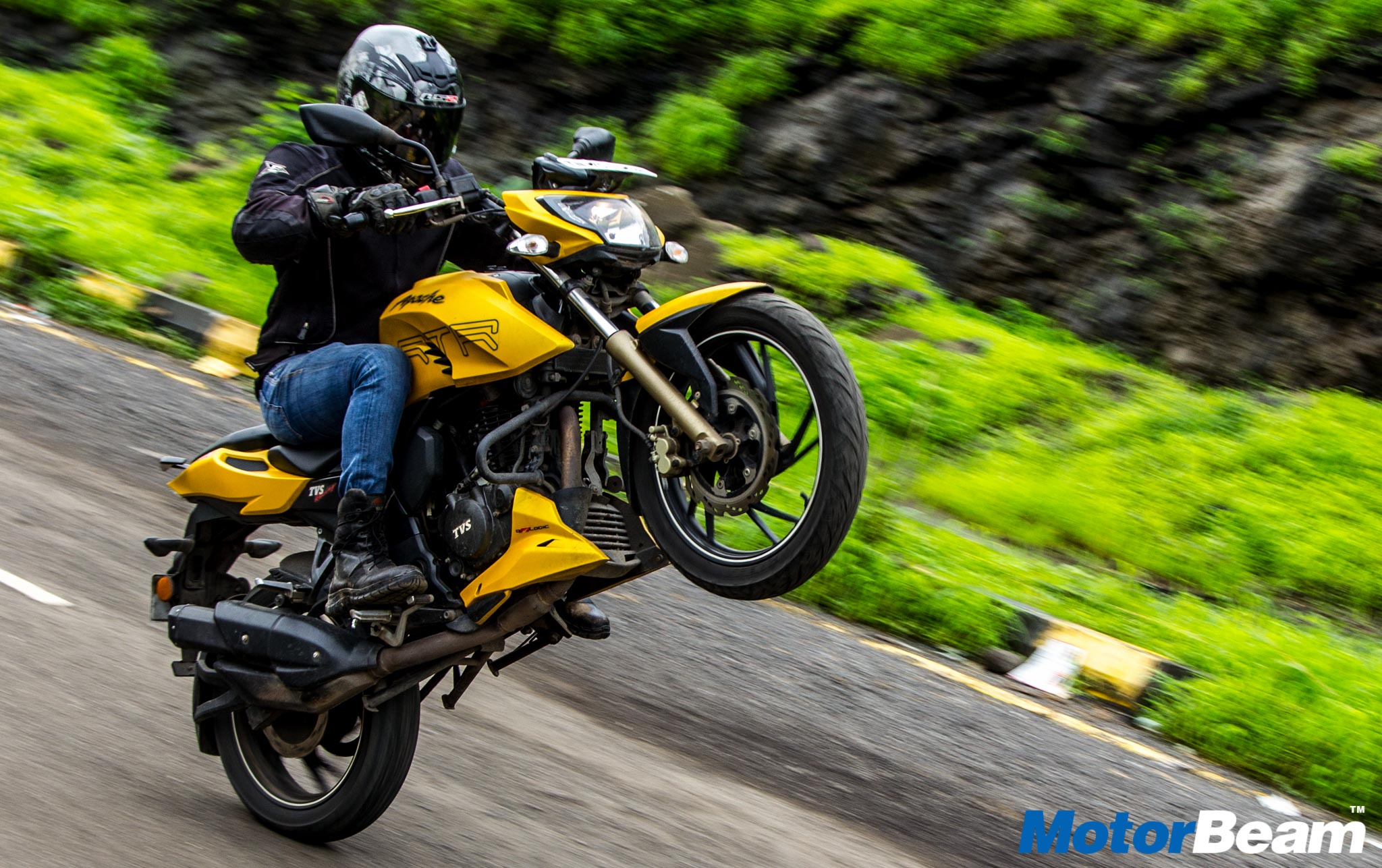The Bajaj Pulsar AS 200 has a clear advantage of output which is more than the TVS Apache 200 4V and the new Hero Xtreme 200S.
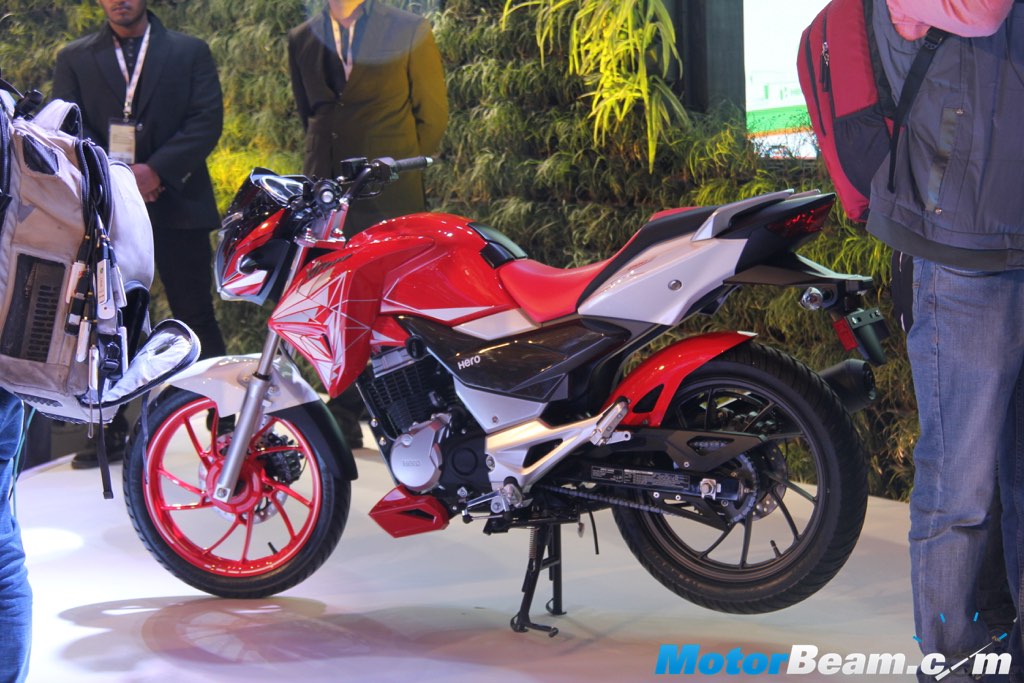
The 200cc segment has got two new competitors in the form of the Apache RTR 200 4V and the upcoming Hero Xtreme 200S which was unveiled at the 2016 Auto Expo. Both the bikes will have to face the wrath of the established Pulsar AS 200 which has been around for a while now and also has a clear advantage of figures over both of them and hence the new comers are expected to go through a difficult time, but what if it is otherwise? So we do a spec comparison to find out.
Design – The Hero Xtreme 200S and Apache 200 are both street-fighters while the Pulsar AS 200 is marketed as an adventure bike so comparing the design entirely depends on the eyes used. In the street-fighter range, the Apache clearly takes on the Xtreme as the latter’s clothes look similar to its younger sibling, the Xtreme Sports. The DRLs on both of them gives an aggressive look while the Apache’s alloy wheels appear better. The bikini fairing on the TVS reminds you of the KTM Duke whereas Hero’s product comes with a fresh piece of plastic.
Coming to the Pulsar AS 200, the tall adventure-ready look impresses more than the naked bikes, but it again depends on who is looking at them. The Pulsar also gets the benefit of the half fairing, projector lamps and bigger discs. What keeps the Bajaj behind the other two is the conventional design as both of the new bikes look aggressive and more powerful against the humble Pulsar, but do they really have the power that matches the visual aggression?
Engine – Now this is where the Pulsar takes the game away with its 199.5cc, triple-spark, liquid-cooled engine that produces 23.2 BHP at 9500 RPM and 18.3 Nm at 8000 RPM while the second to come is the Apache with its 197.5cc, oil-cooled motor that produces 20.23 BHP at 8500 RPM and 18.1 Nm of torque at 7000 RPM. However, the new Xtreme 200S does not look good with respect to the 200cc, air-cooled unit that produces just 18.5 BHP at 8500 RPM and 17.2 Nm at 6000 RPM. The Pulsar also has the maximum number of gears with the 6-speed box while rest of them use a 5-speed transmission.
Comfort – With the tall adventure-touring body style, the Pulsar is ought to be more comfortable as it is designed to take on long distances, however the bike borrows most of the parts from the naked sibling 200 NS including the seat. The more upright seating position in the street-fighters will lead to better comfort and city agility. The seats on the three of them are almost equally cushioned and hence no clear winner can be declared here. All the three are equipped with telescopic forks at the front and monoshock at the rear.
Verdict – The best-buy is a tough competition between the Pulsar and Apache as the Xtreme is not expected to launch anytime soon (coming in 2017). The feature list on the Apache 200 includes mobile charging point, digital instrument console with lap timer and acceleration recorder, optional ABS and optional Pirelli tyres while the Pulsar AS 200 has its own advantages such as the LED indicators, windshield and the features on the Xtreme 200S are still a mystery but ABS will be offered. The pricing front helps the Apache 200 while the costlier Pulsar is more powerful and the Xtreme is expected to be priced between the two.
